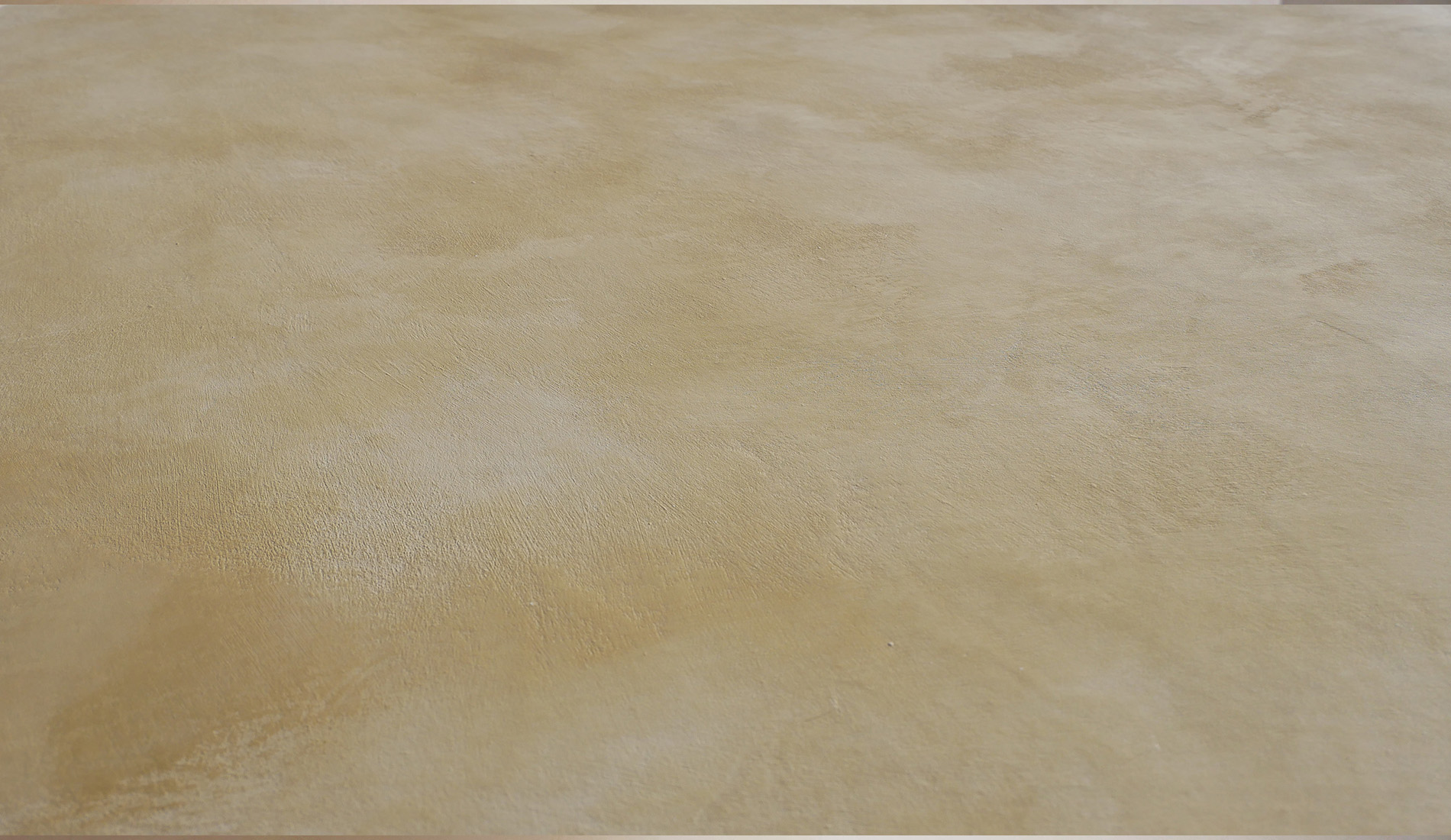Lime paint is a type of mineral-based paint that’s just better in all aspects. It’s friendlier to the environment, healthier for you, and prettier to look at, compared to regular old paint. Ever heard of the saying it’s “as boring as watching paint dry?” With lime paint, even watching it dry would be quite an interesting experience, thanks to all its unique properties. So here’s what lime paint is, and why it definitely deserves all the hype!
HISTORY & ORIGINS
Lime paint dates back to Ancient Roman times (the Ancient Romans certainly love their lime-based products, click here to read more about the other lime-based product that was popular then, Venetian plaster), and it gives off earthy, days-of-the-past vibes. In fact, you’ve probably come across super aesthetic pictures of limewash walls on Instagram or Pinterest, whether or not you realise it. Reminiscent of old buildings that have a thousand stories to tell, lime paint is made of crushed and burned limestone, and mixed with water to form lime putty. The lime putty is then aged and diluted with water, and coloured with natural pigments. In other words, lime paint is a natural, mineral paint, used for centuries and touted as one of the “original house paints”, if not the one.
Fun fact: With its history, lime paint is used to create some of the most famous Frescos in Italy.
Lime paint has unique properties, where it creates subtle movement and natural colour variation i.e. it can transform even the most flat and boring drywall into a masterpiece of art.
TEXTURE & FINISH
Lime paint has a chalky feel, almost suede-like, when applied on its own without a top coat (such as wax or mineral sealants). Essentially, lime paint is a thin paint, almost like watercolour, and therefore needs to be applied for a minimum of two to three coats. As it’s thin, the brushstrokes from the previous coatings are shown through, and the coats layer up on top of each other, producing a beautiful, mottled effect that lends depth and texture to the wall, and subsequently, the space. Most lime paint finishes are matte and have an earthy quality, giving it a natural, authentic feel, which complement both classic and modern settings. Lending luminosity and depth to flat walls, lime paint’s effects and movements are less obvious with lighter shades, and more obvious with darker tones. Lime paint can be applied using roller, brush or sponge depending on the results you like.
BENEFITS
Not just aesthetically pleasing, this decorative paint has plenty of benefits to go along with it as well. It’s non-toxic and environmentally friendly, natural and solvent-free. Lime paint is also breathable and naturally bacteria-resistant, so it can help prevent mould and mildew growth. It absorbs moisture, CO2, and removes odours, therefore improving the air quality indoors. Thanks to its natural properties, the quality of lime paint also improves with time, and you’ll have a beautiful, decorative wall you just can’t get enough of. Once you protect it with a top coat to make it dirt- and dust-resistant, there’s practically nothing left to do in terms of maintenance.
LIME PAINT AT VASARI
Vasari carries their very own lime paint, where it creates subtle nuances, textures, and movements otherwise unfound in regular paint. Though it usually has a soft, matte sheen after application, it can also be back-troweled to create a light to moderate texture, thanks to its thicker mineral consistency. What’s more, it can also be burnished to a polished shine! Vasari’s lime paints come in a wide range of hues and shades, so you’ll be able to mix and match, and unleash your creativity. It replaces conventional latex and/or acrylic paint, and can be used on both large- and small-scale areas. To further crank up the uniqueness, Vasari Lime Paint can also be used in conjunction with other Vasari lime plaster products, including Stucco and Marmorino. For best results, seal Vasari Lime Paint with a Wax or Mineral Sealer to protect against dirt and stains!
Find out more about Vasari Lime Paint here.




